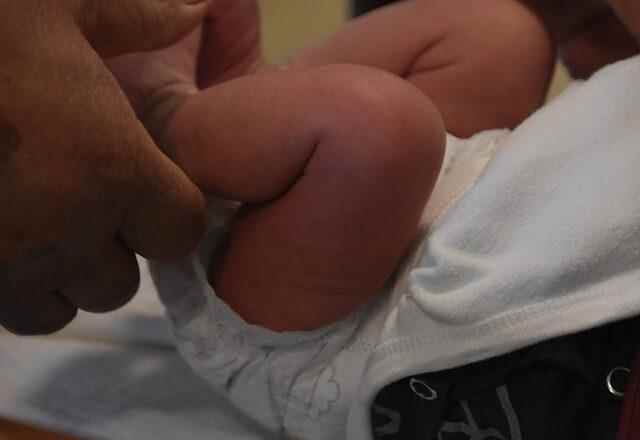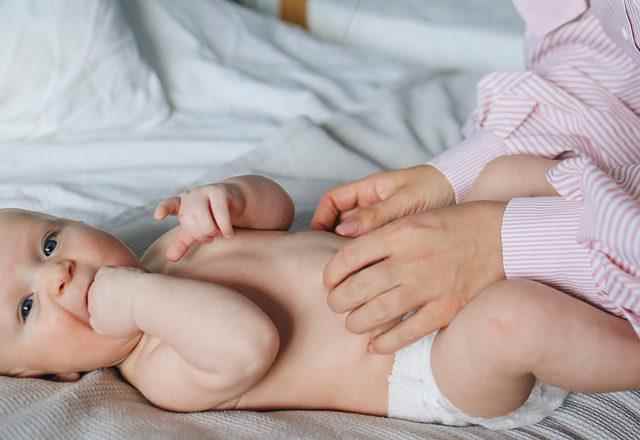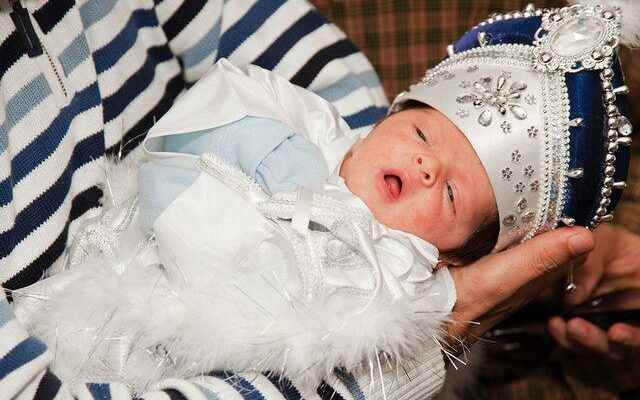Circumcision practice is among the practices that have been done for years from past to present. Circumcision is recommended for both religious and health reasons. However, circumcision must be performed by the right people under hygienic conditions. In addition to these, the age of the child to be circumcised and the care after the circumcision are also important. Especially when it is applied between the ages of 2 and 5, it can negatively affect the psychological and sexual identity development of children. The best time for circumcision in children is stated as the newborn and the first 6 months.
CIRCUMSTANCE IS DONE WITH A FEW DIFFERENT METHODS
From the Department of Pediatric Surgery at Memorial Ankara Hospital, Op. Dr. Dilan Altıntaş Ural stated that there is a great interest in circumcision, especially during the mid-term holidays of schools, and gave information about the benefits of circumcision and what needs to be considered in this regard:
Circumcision is the surgical removal of the skin (prepuce) covering the tip of the child’s genitals. Circumcision, which is a serious surgical procedure, is performed with several different methods. It should not be forgotten that this procedure is a surgical intervention in order to protect the sexual health and sexual function of boys in adulthood, and care should be taken to have it done under appropriate conditions.
CIRCUMSTANCE DONE AT THE WRONG TIME CAN CAUSE TRAUMA

The development of children should be evaluated not only physically, but also psychologically. It is more appropriate not to perform the circumcision procedure, which can technically be applied at any age, between the ages of 2-5. Because, especially in children between the ages of 2-5, sexual identity and consciousness begin to develop. The operation performed during this period may cause trauma in the child and psychological development may be adversely affected.
THE OPERATION MUST BE PERFORMED IN A STERILE ENVIRONMENT

Circumcision must be done in a sterile environment in the hospital and with the necessary equipment. In newborns and 3-month-old babies, the procedure is performed with local anesthesia. In other periods, it is more appropriate to perform circumcision operations under general anesthesia. After applying local or general anesthesia, the surgical area is cleaned and sterilized, and the skin fold at the tip of the penis is cut and removed. After controlling the bleeding in the surgical area, the skin is sutured in accordance with the new anatomy. Since the sutures are of the self-dissolving type, it is not necessary to remove the sutures after the circumcision operation.
THE HEALING PROCESS OF NEWBORN BABIES IS FASTER

Local anesthesia is used in the circumcision procedure for children in the newborn period. In other words, the baby is circumcised comfortably without hunger and without general anesthesia. While less edema occurs after circumcision, wound healing is faster. However, the baby does not feel pain during the procedure and the pain that occurs in the first 24 hours can be controlled with painkillers. Therefore, the earlier the circumcision is performed, the more advantageous it is.
Circumcision should not be performed in some cases.
In some cases, children should not be circumcised. The situation called hypospadias, popularly known as the Sunnah of the Prophet, is one of them. In the Sunnah of the Prophet, the urinary hole is not located where it should be. The foreskin is used to correct this situation. Therefore, circumcision is not recommended at first. However, circumcision can be performed after correction surgery. However, circumcision should not be performed on patients with hemophilia and other blood coagulation disorders and those who are prone to bleeding, without taking the necessary tests and precautions. In addition, in those with congenital (hereditary) diseases related to the reproductive and urinary tracts, priority should be given to anatomically corrective surgeries.
BENEFITS OF CIRCUSNESS

- Cleaning and hygiene of the penis after circumcision is easier. Circumcised men are less likely to develop urinary tract infections.
- The incidence of sexually transmitted diseases is lower.
- In the uncircumcised penis, stenosis (phimosis) can be seen at the tip of the penis. Due to this stenosis, the foreskin cannot be retracted sufficiently and inflammation occurs more frequently on the glans penis.
- Although rare, penile cancer is less common in circumcised men.
- Cervical cancer rate is lower in sexual partners of circumcised men.
- Circumcision performed under inappropriate conditions can lead to organ loss.
WRONG CIRCUSNESS MAY CAUSE ORGAN LOSS
Parents who want to circumcise their children should take this procedure seriously. Because this is a surgical procedure and it must be done by the surgeon in accordance with the procedures and conditions. In unsuitable conditions, injuries to the body and/or head of the penis and aesthetic errors may occur in circumcisions performed by non-specialists other than surgeons. However, a chain of serious operations may be required to correct urinary tract injuries, penile body and glans injuries. Sometimes it may not be possible to correct these errors and the situation may go as far as organ loss. Performing the circumcision in the most ideal conditions for the child is very important in terms of preventing future problems.
THINGS TO BE CONSIDERED AFTER CIRCUMSTANCE

- Pain, redness and swelling (edema) at the tip of the penis may occur in the first 2 days immediately after circumcision. Quick recovery is achieved with painkillers and the child not standing for a long time. The penis regains its normal appearance within 2 weeks.
- At the end of the second day, you can take a bath.
- One larger cloth than clothed children normally wear for the first 3-4 days after circumcision; It is recommended that children who have acquired toilet habits wear circumcision panties suitable for their age and weight.
- In some circumcision cases, slight bleeding may occur after surgery. In such cases, the physician should be informed.
- 2 weeks after the child is circumcised, he can swim in the pool and the sea, which is sure to be cleaned.
- In cases such as non-stop bleeding, trouble urinating, foul-smelling discharge or a fever exceeding 37.5 degrees, a doctor should be consulted without waiting.
